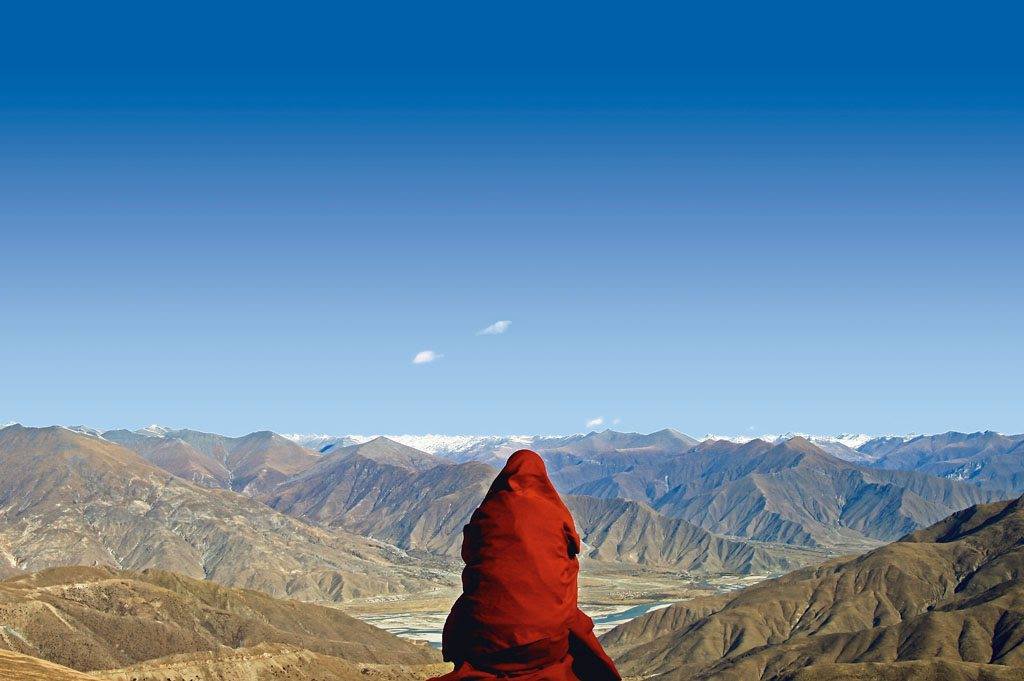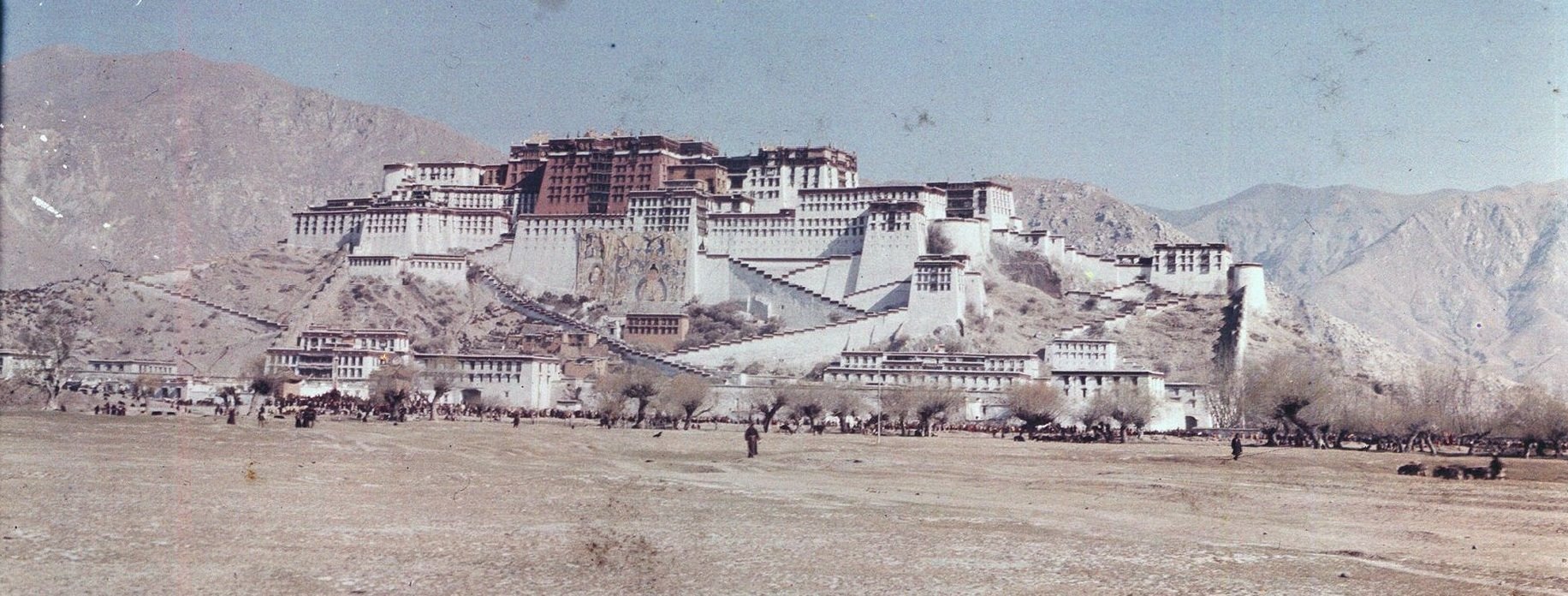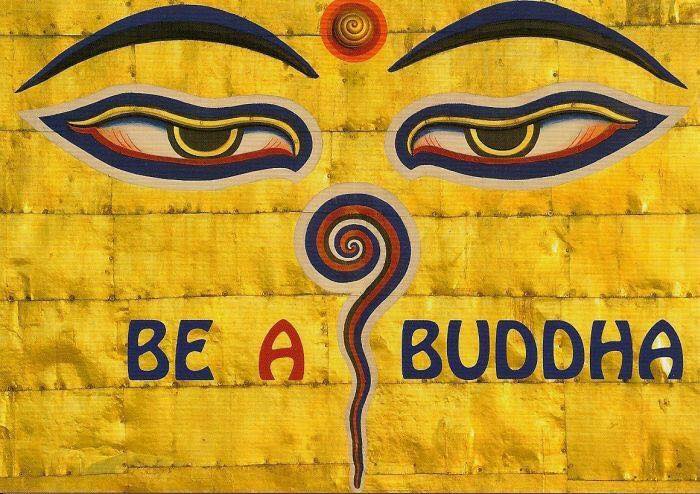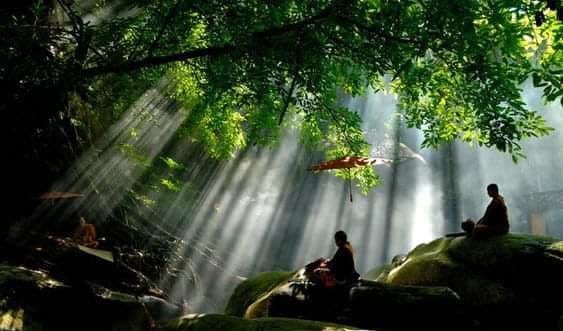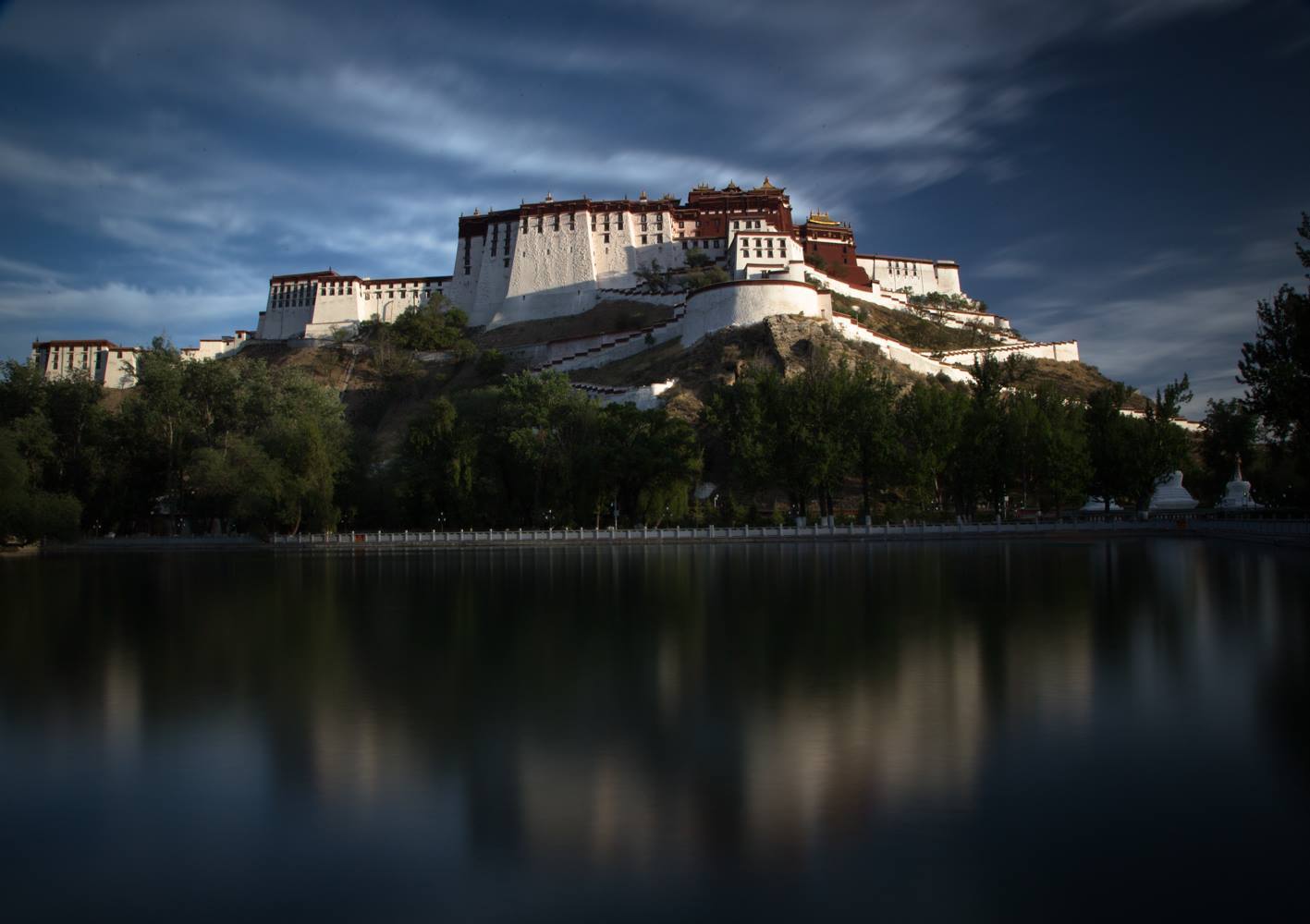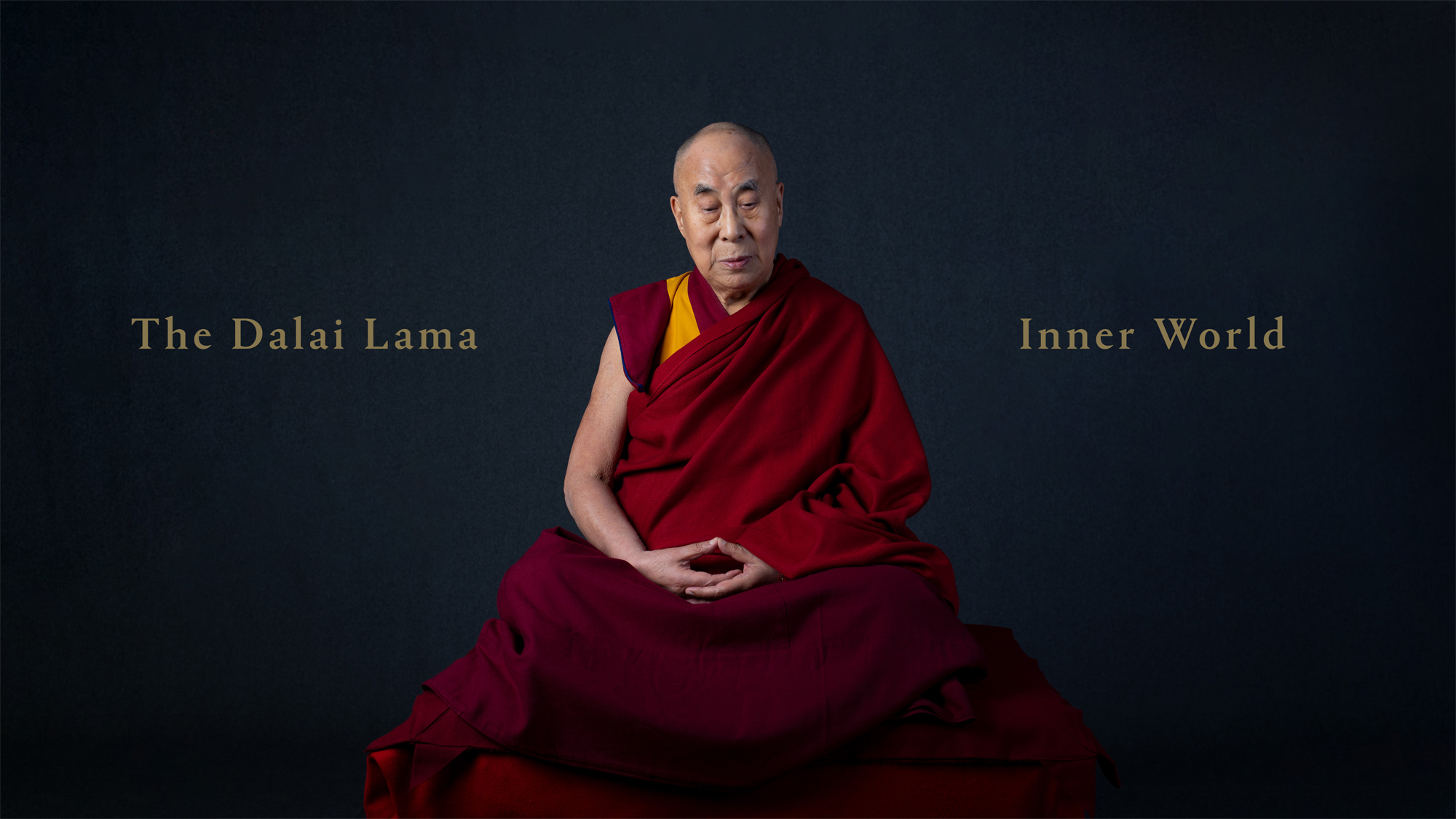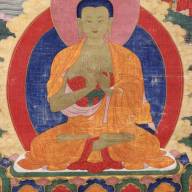The 14th and current Dalai Lama, Tenzin Gyatso, is the most famous current living Buddhist figure in the world and one of its tallest leaders of the last several decades. Having celebrated his 85th birthday last year, he is revered by Tibetans and millions of others worldwide.

Yet questions among his succession have increasingly surfaced in recent years, along with fears over how his death may spark religious conflict(s) in Asia. This is a particularly important issue, not only because of how integral the process of succession is to Tibetan Buddhism, but also what it could mean geopolitically for stakeholders of the Tibet issue such as India and China, the latter of which has sought to aggressively regulate Tibetan affairs for years.
As per Tibetan Buddhist customs, the Dalai Lama has control over his reincarnation. When he dies, his soul passes to another person who is discovered by a group of monks, anointed as the next Dalai Lama, and venerated as such.
In 2011, the Dalai Lama said that once he turned 90, he would decide whether he will be reincarnated or whether he will represent the last avatar of Avalokiteshvara (a Boddhisattva of compassion).
Assuming he goes with the former, he has put forth a few scenarios on how his reincarnation may take place, including picking a new successor in India as opposed to in Tibet. He has also stated that he might be reincarnated as a man, woman, or child, and that the Gaden Phodrang Foundation, an India-based group he established to preserve and nurture Tibetan culture, will be responsible for finding a successor.
At the same time, whoever the CCP chooses as its next Dalai Lama will be rejected by Tibetans in India and Tibet. The Dalai Lama himself has instructed Tibetan Buddhists and others to not trust anything or anyone that the Chinese put in place after he dies.
Furthermore, Tibetans will not be the only rejectors of the CCP’s moves on said succession. The United States, a longtime supporter of the Tibetan cause, has said it will only accept whatever the Dalai Lama chooses.
In 2019, former U.S. Senator Cory Gardner proclaimed that Congress will “never” recognize a Chinese-appointed Dalai Lama and will follow the current Dalai Lama’s succession. These sentiments were further solidified through the passage of the updated Tibetan Policy and Support Act last December, which authorized the use of sanctions on Chinese officials who interfere in the process of choosing a 15th Dalai Lama against the wishes of Tibetans worldwide.
Despite these developments, experts fear that the CCP has been adopting a rather surreptitious approach towards the Dalai Lama’s succession, with reports abound of Beijing grooming a number of senior lamas in recent years who are supportive of CCP policies. This has led some to believe that when it is indeed time to appoint a successor, the Chinese government may make it seem like the next Dalai Lama has the backing of senior Tibetan Buddhist leaders, rather than just the CCP.
In 1995, Gedhun Choekyi Nyima, a six-year-old child in Tibet recognized by the current Dalai Lama to be the 11th Panchen Lama – considered the second-most important spiritual leader in Tibetan Buddhism – was kidnapped by the Chinese government three days after the announcement was made. Neither he nor his family have been seen since the abduction. Months later, the CCP chose Gyaincain Norbu as its proxy Panchen Lama, whom the Tibetan diaspora refuses to recognize.
The CCP’s handling of the Panchen Lama indicates the potentiality of pressure the party could apply to a future Dalai Lama that it chooses, to tightly adhere to its rules.
The geopolitical impact that the current Dalai Lama’s death will have on Tibetans-in-Exile is still quite nebulous. The Indian government has shown some ambiguity in the way it views the community, and a number of Tibetans fear that once the Dalai Lama passes away, India may no longer have a place for them.
Even though the Indian government has offered a path towards Indian citizenship for certain India-born Tibetans based on birth year, many in the community remain deeply divided over the notion of applying for Indian passports, over fears that doing so might dilute the Tibetan struggle.
Despite its current political limitations, the Central Tibetan Administration (CTA), the official name of Tibet’s government-in-exile, will be expected to assume a larger-than-usual leadership role on succession.
In 2011, the Dalai Lama relinquished his role as Tibet’s political leader – while remaining its spiritual leader – to the CTA, currently headed by Lobsang Sangay and in the midst of a general election. Whoever is elected as the next Sikyong (or president) will likely have to shoulder heavier responsibility as the issue magnifies.
Hence, the Dalai Lama’s reincarnation is in itself a cultural and civilizational struggle between Tibetans and China for control over Tibetan Buddhism.
That the world could end up with two Dalai Lamas is very much a possibility whose discrepancy may disrupt balance within the Tibetan community and aggravate already-tense relations between India and China. But no matter what may happen, it can be safe to infer that any CCP-chosen Dalai Lama will wield minimal influence over Tibetans and the diaspora compared to the current Dalai Lama and whoever he may select next to carry the torch.
(Abhinav Seetharaman is a recent graduate of Columbia University, from where he obtained his bachelor’s and master’s degrees. He is currently based in Singapore.)


